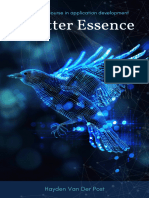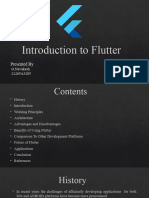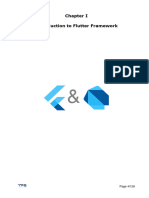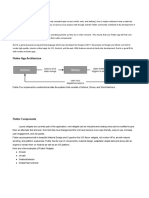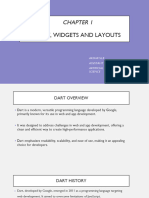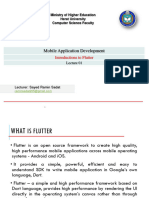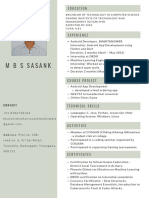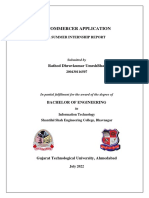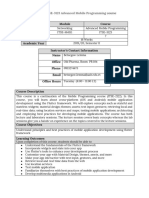0% found this document useful (0 votes)
95 views8 pagesFlutter Begginer Guide
The 'Flutter Beginner Guide' is designed for newcomers to mobile app development, highlighting Flutter's advantages as a cross-platform framework. It covers essential concepts such as widgets, state management, and user interface design, along with hands-on tutorials and best practices. The guide aims to empower readers with practical skills and knowledge, preparing them for future developments in the app development landscape.
Uploaded by
von.n.c.i.ndyCopyright
© © All Rights Reserved
We take content rights seriously. If you suspect this is your content, claim it here.
Available Formats
Download as PDF, TXT or read online on Scribd
0% found this document useful (0 votes)
95 views8 pagesFlutter Begginer Guide
The 'Flutter Beginner Guide' is designed for newcomers to mobile app development, highlighting Flutter's advantages as a cross-platform framework. It covers essential concepts such as widgets, state management, and user interface design, along with hands-on tutorials and best practices. The guide aims to empower readers with practical skills and knowledge, preparing them for future developments in the app development landscape.
Uploaded by
von.n.c.i.ndyCopyright
© © All Rights Reserved
We take content rights seriously. If you suspect this is your content, claim it here.
Available Formats
Download as PDF, TXT or read online on Scribd
/ 8




















